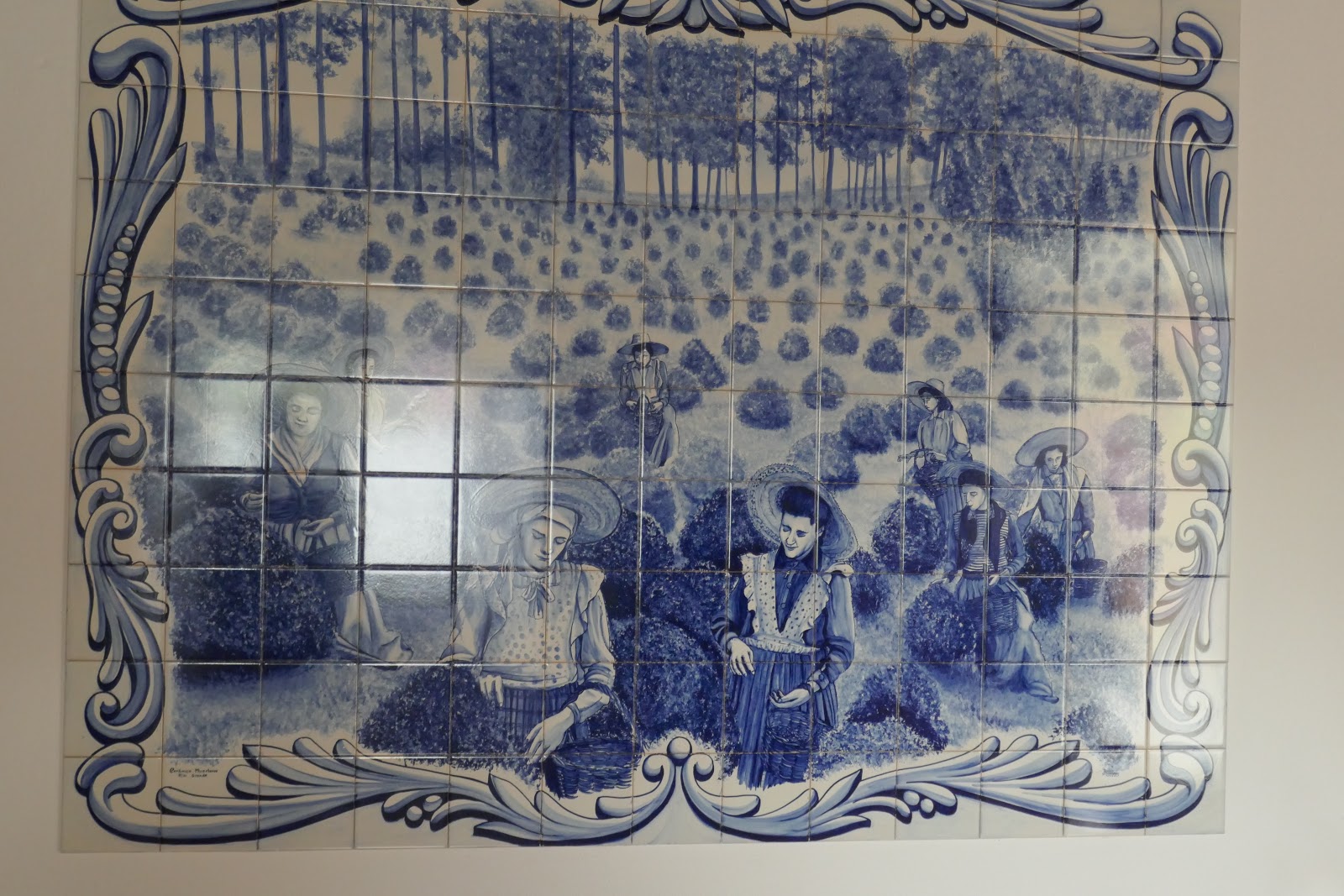The Azores Archipeligo was uninhabited until discovered by the Portuguese in 1427. The volcanic islands are located about 1,000 miles west of mainland Portugal. Due to the President's day holiday, my wife and I had four days off in a row. So, we decided to take a flight from Boston to Ponta Delgada on São Miguel Island. Due to tail winds from a strong storm in the Atlantic (1), the flight took just a little over 4 hours.
Our early morning arrival revealed a verdant landscape reminiscent of Ireland (2), only warmer. Driving east, we turned off at the road to Logoa (Lake) Fogo, and soon entered a thick fog. At one point, the sides of the road fell away, and it appeared we were about to drive off a cliff. The car strained up the hill, and downshifting to first gear being necessary at various points. There were turnouts on the road, presumably with views of the lake; we only saw fog.
We descending to the north side of the Island and found the Caldeira Velha (old caldeira), a small park where there are warm pools in which the boiling water emerging from the ground is mixed with surface water. Being a Saturday, many locals were enjoying a good soak.
Descending to Rebeira Grande, we had lunch at Praia (beach) Santa Barbára and watched the stong surf rolling in from the North. The west wind created spume which blew off the tops of the breaking waves. While there was a lifeguard on duty, the one surfer we saw get suited up, took a look at the roiling sea and left.
Further east is a tea plantation at Porto Formoso (3). Two Chinese farmers were brought to the Island in 1878 to establish tea agriculture, and São Miguel remains the only place in Europe where tea is commercially cultivated.
There was a big sign for Lagoa San Bras, so we drove up to the small lake. A drive back west along the shore provided dramatic views of the crashing surf on the north coast. We cut back across the Island to Ponta Delgada before sunset.
(1) Earlier in the week, there was a speed record set on a flight from JFK to London.
(2) São Miguel is nicknamed Ilha Verde (the green island), like Ireland being called the Emerald Isle.
(3) Formosa was also the name the Portuguese used for Taiwan.


















No comments:
Post a Comment